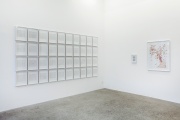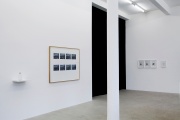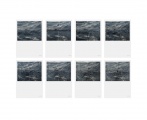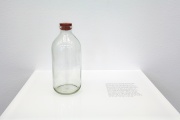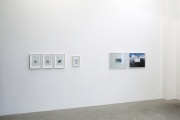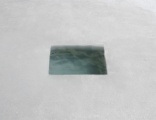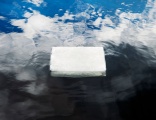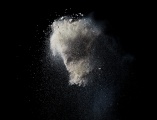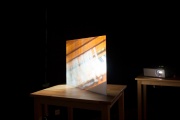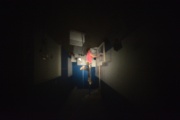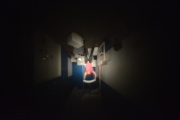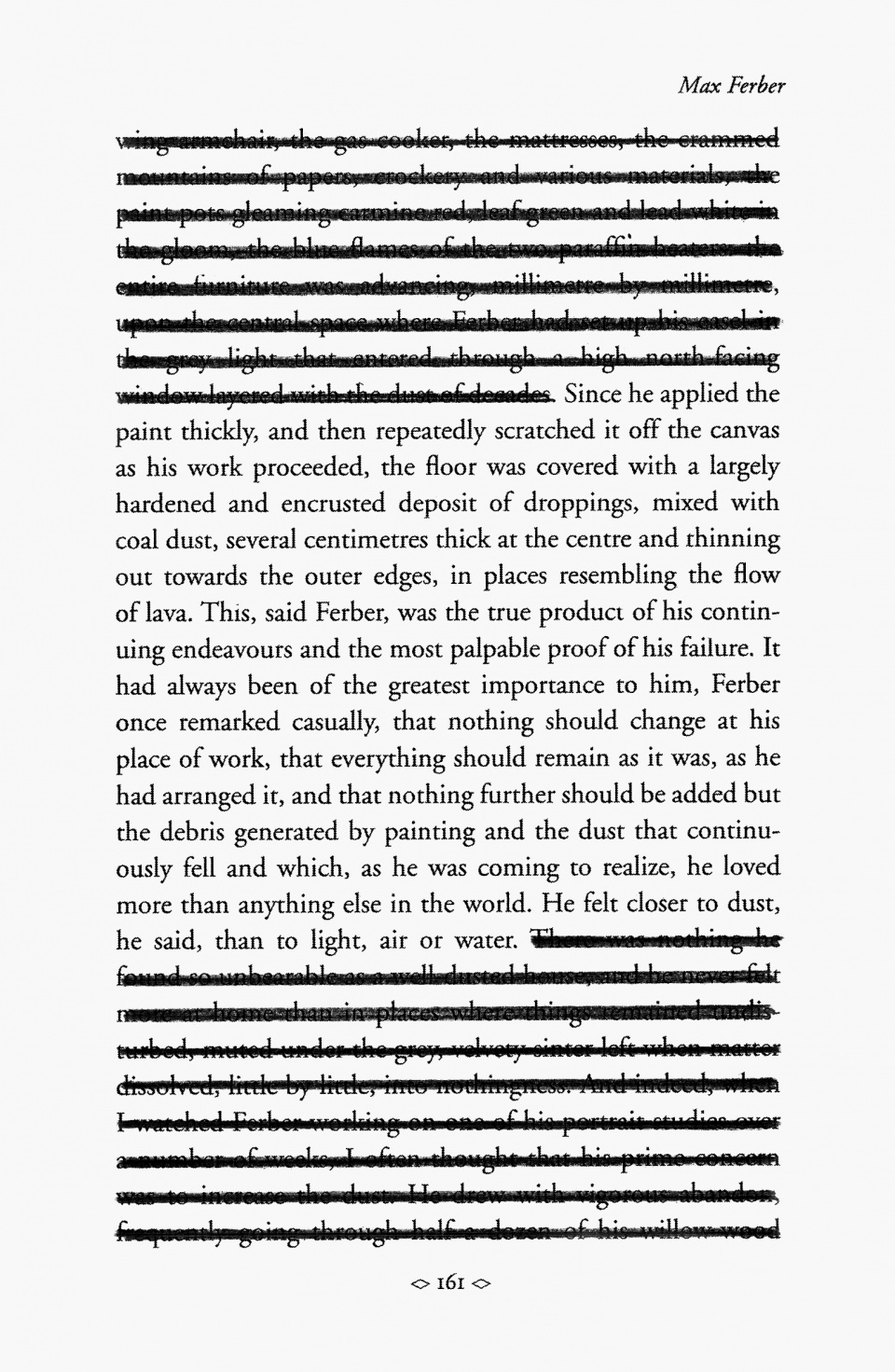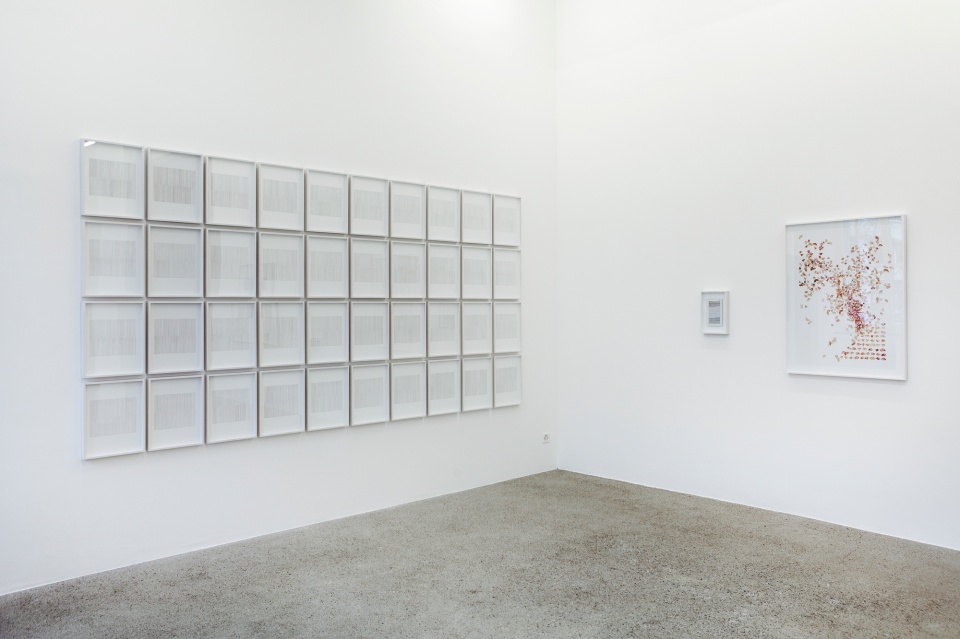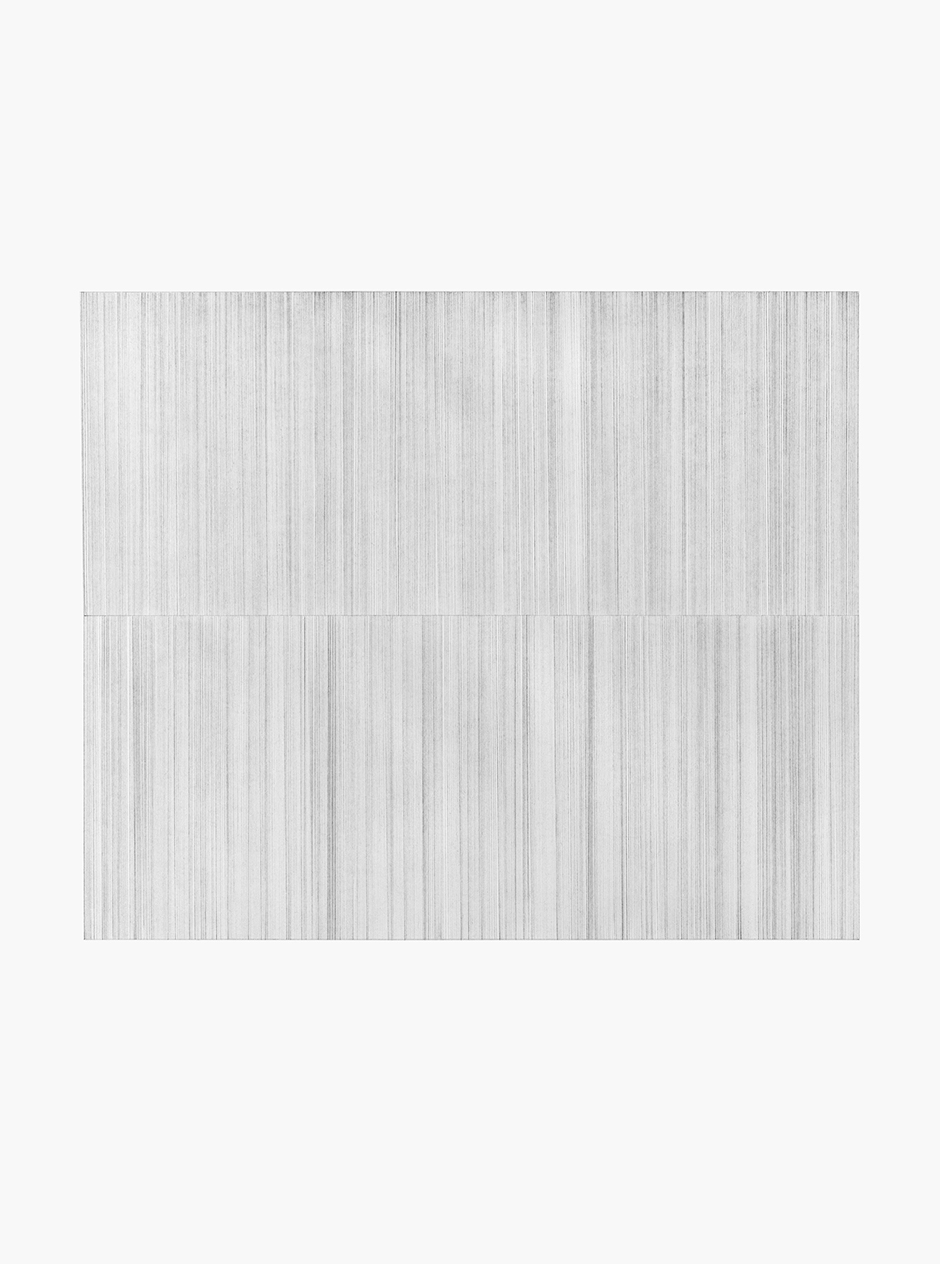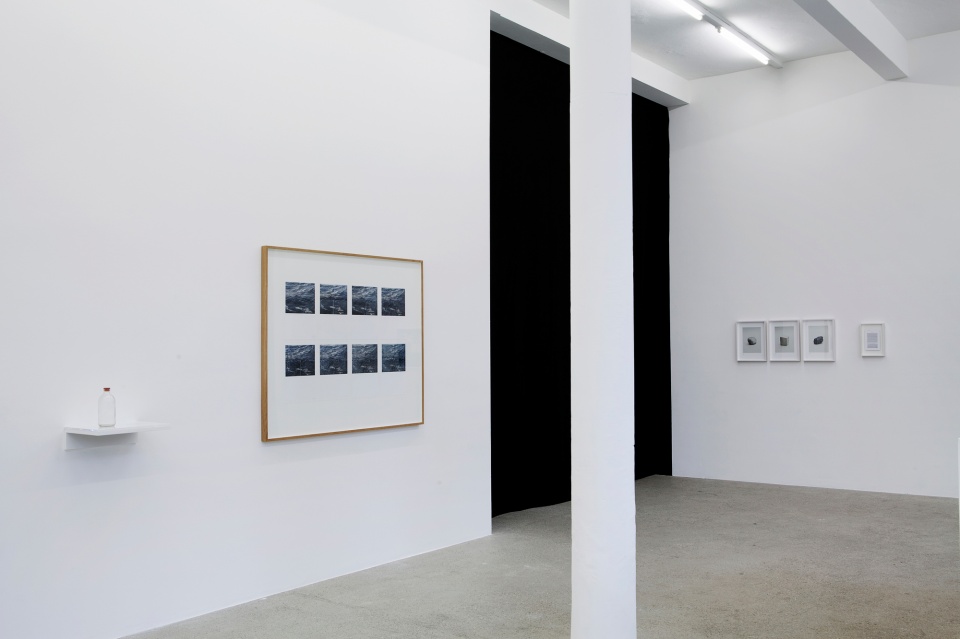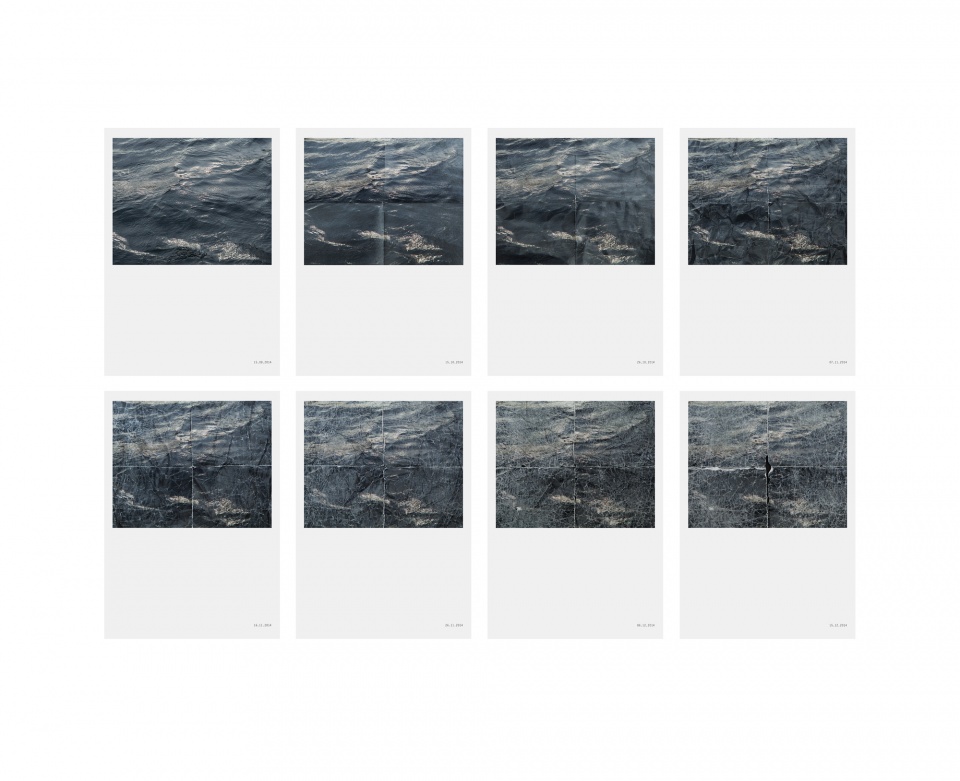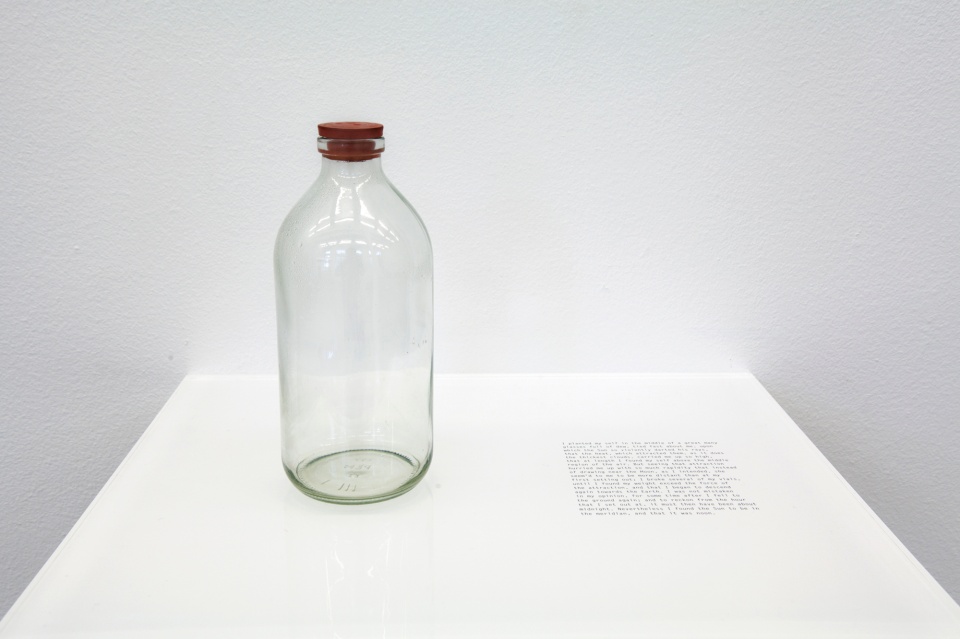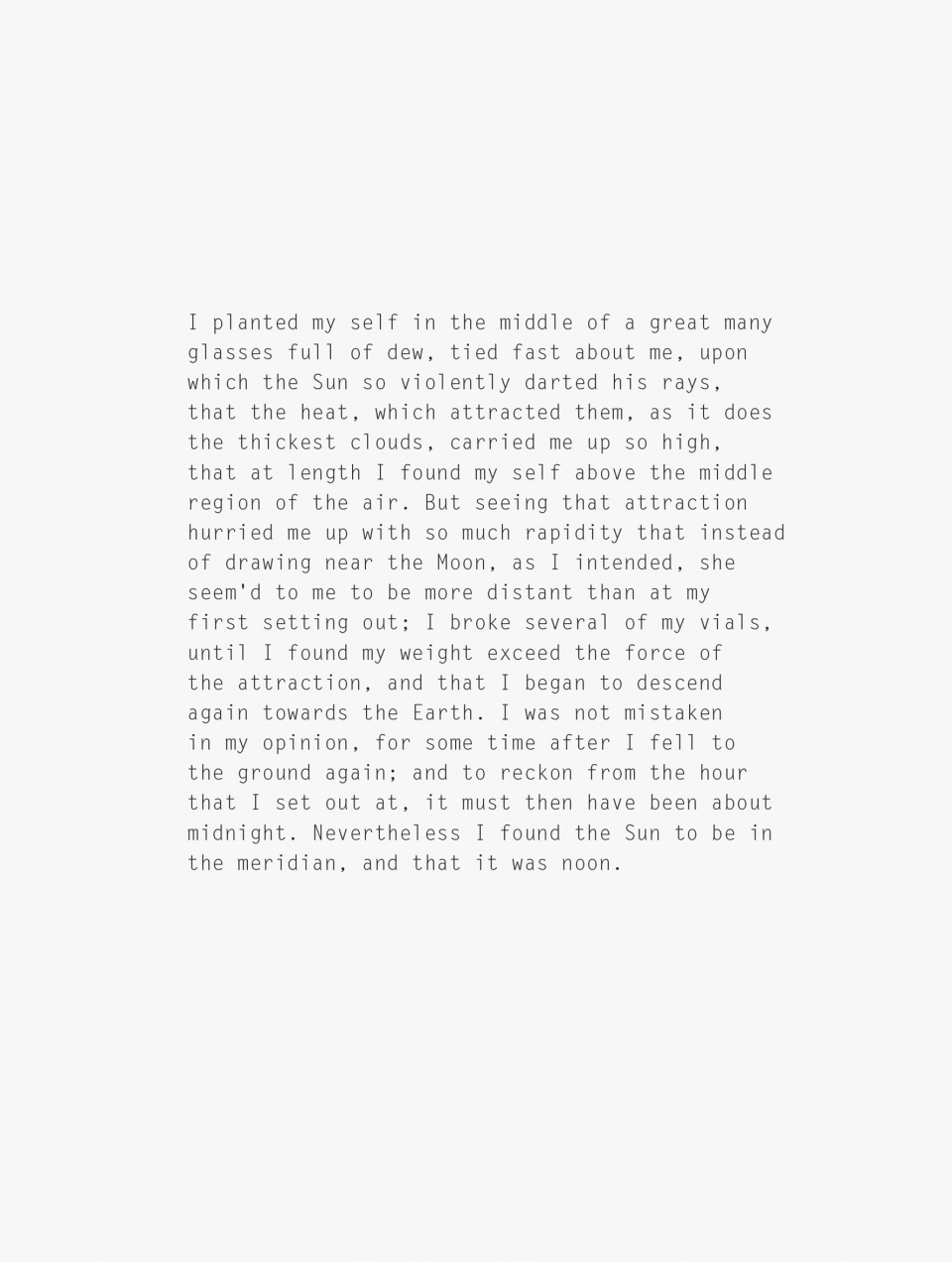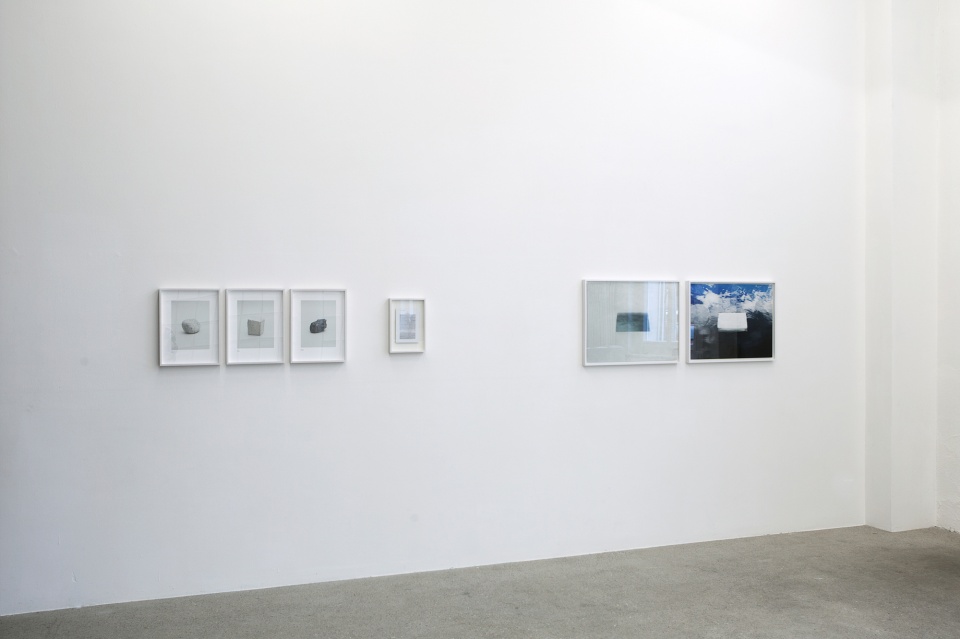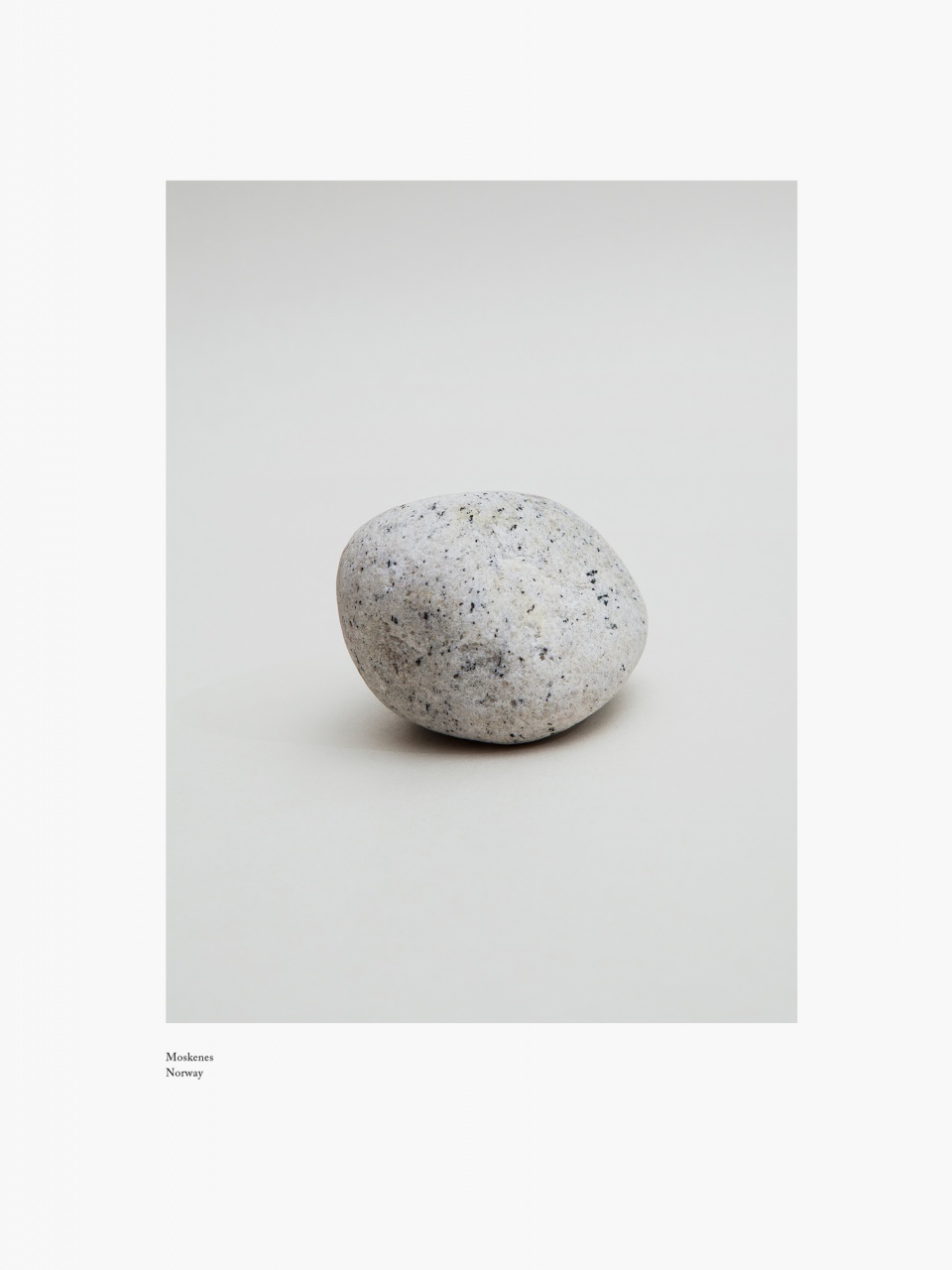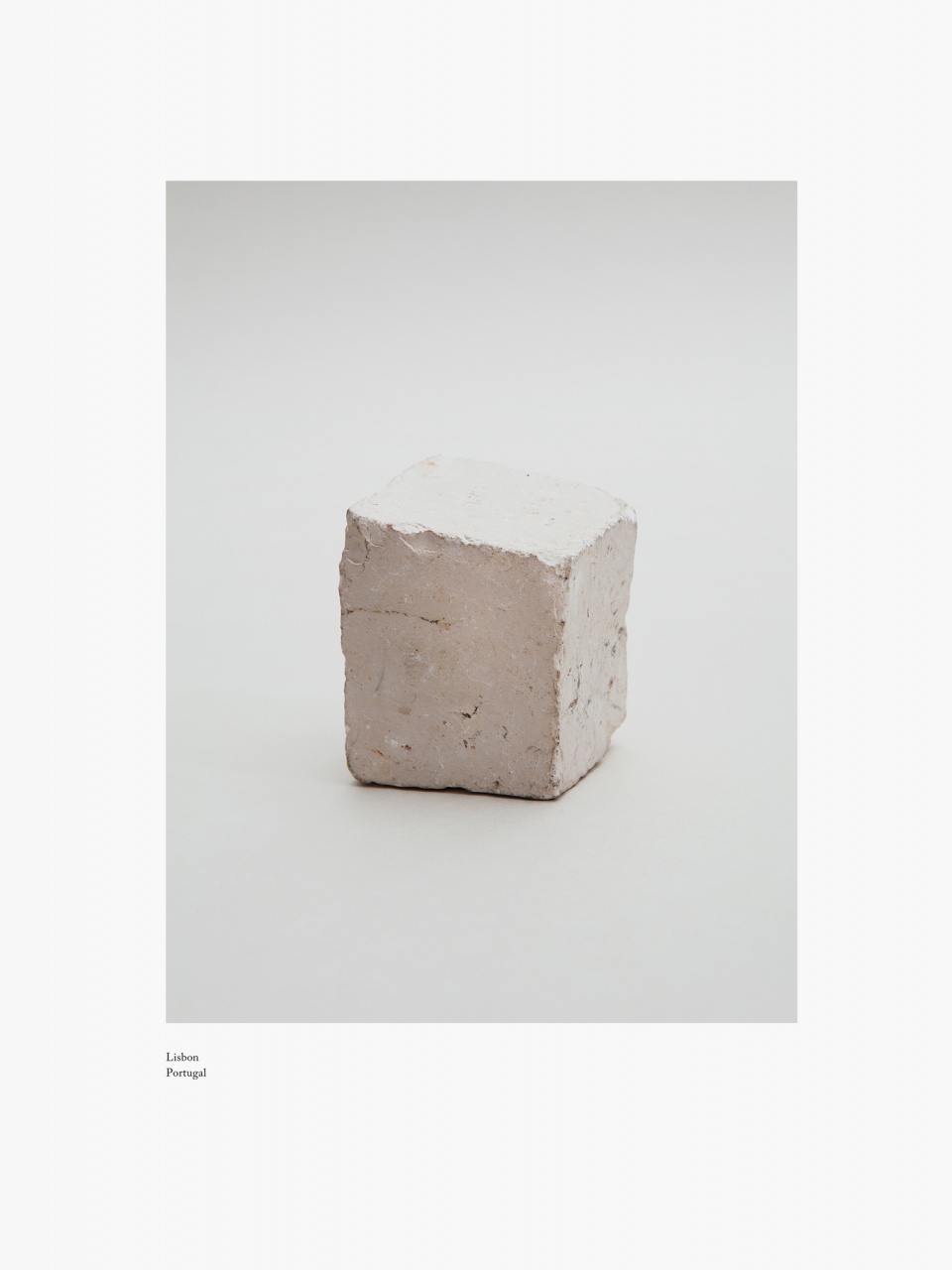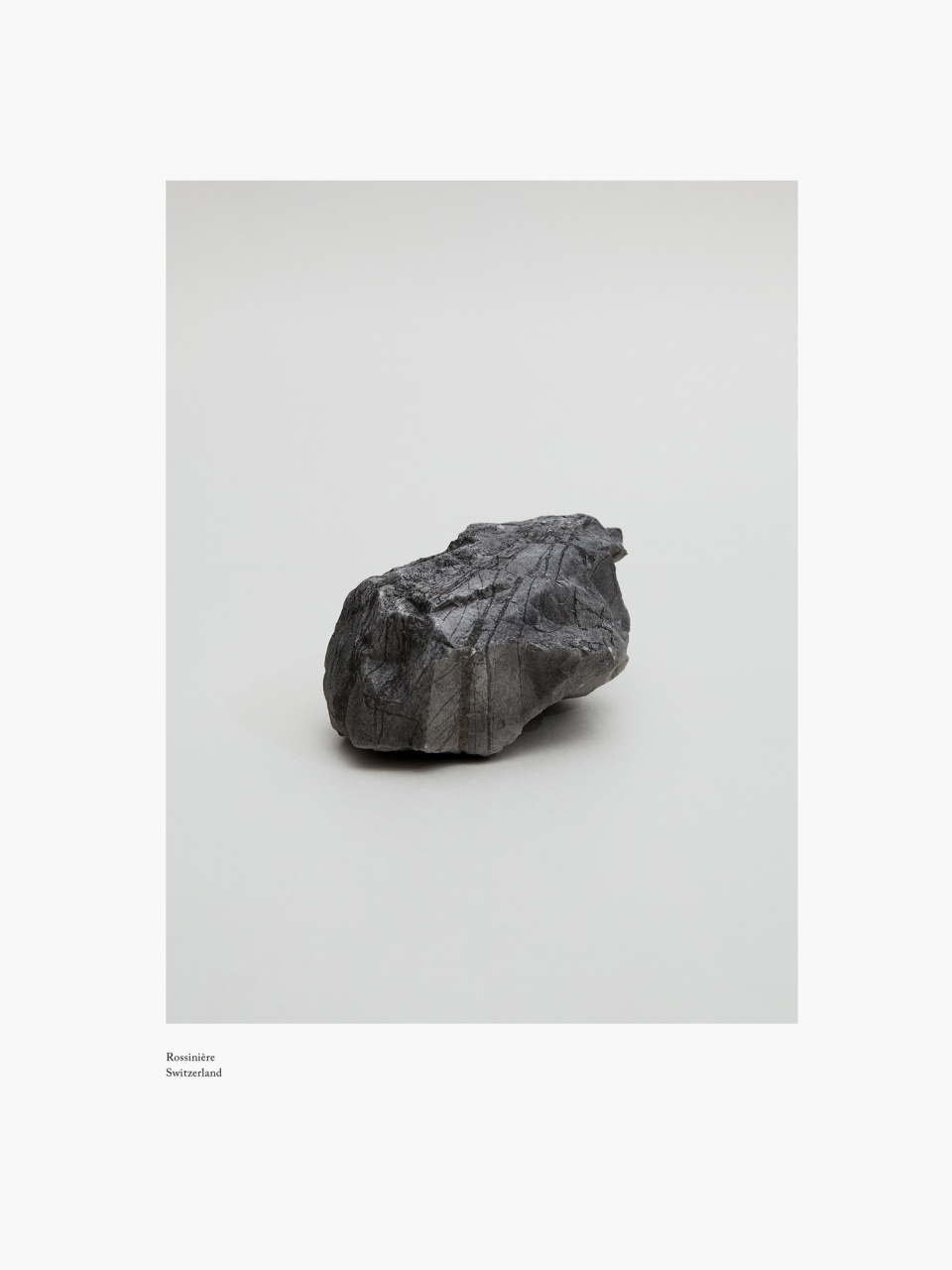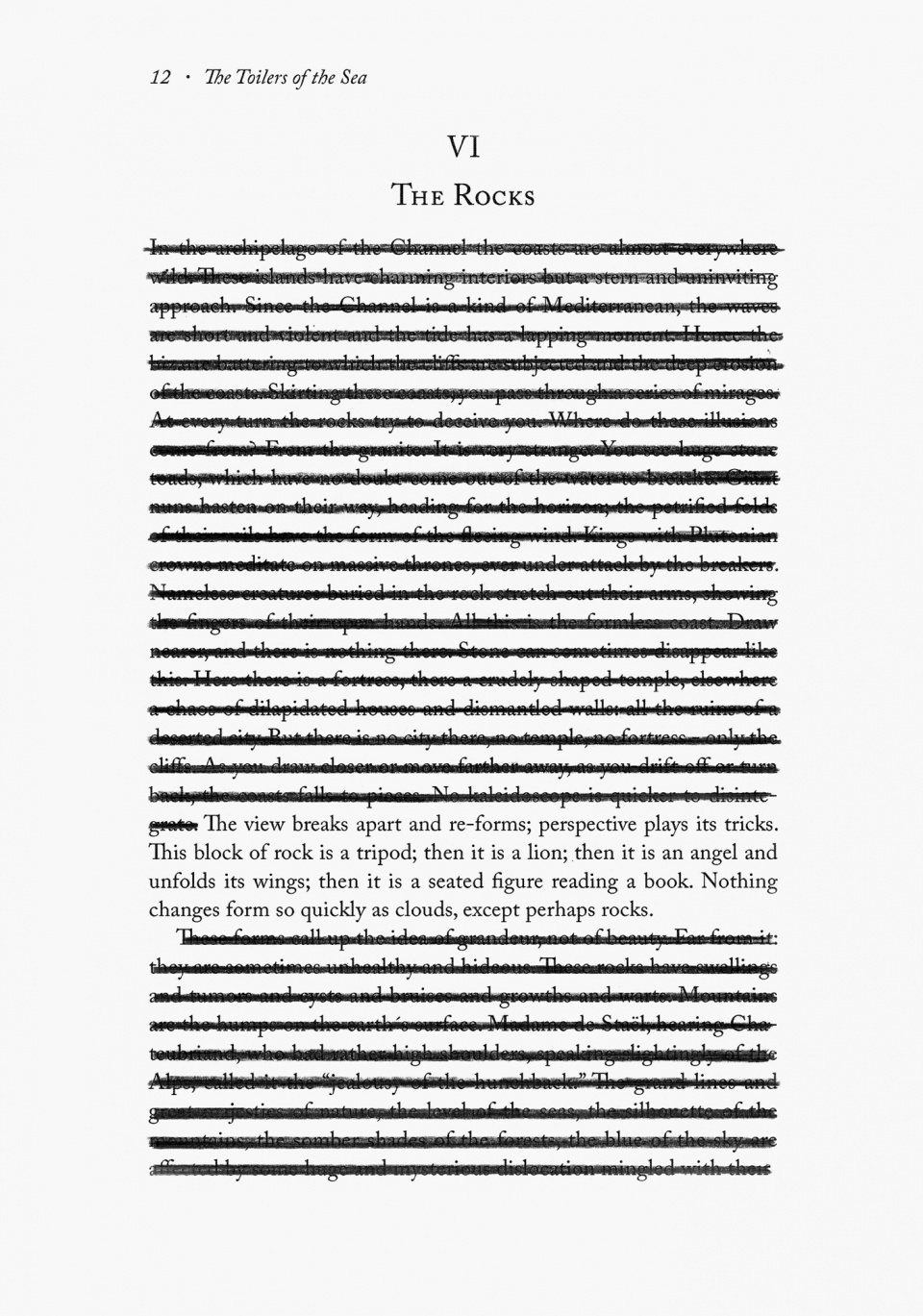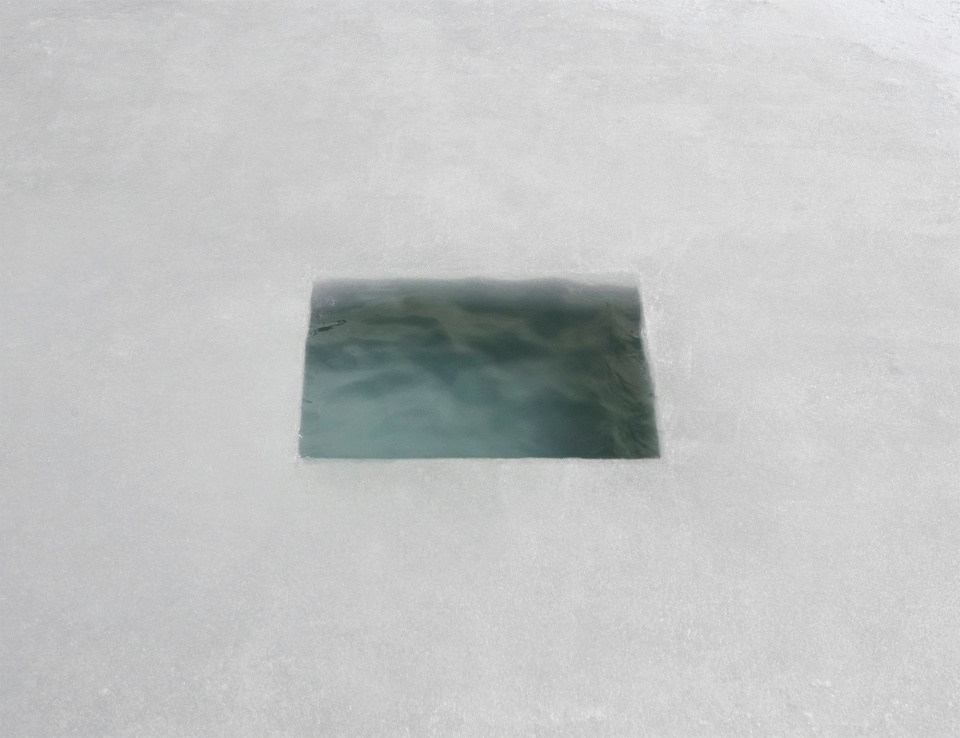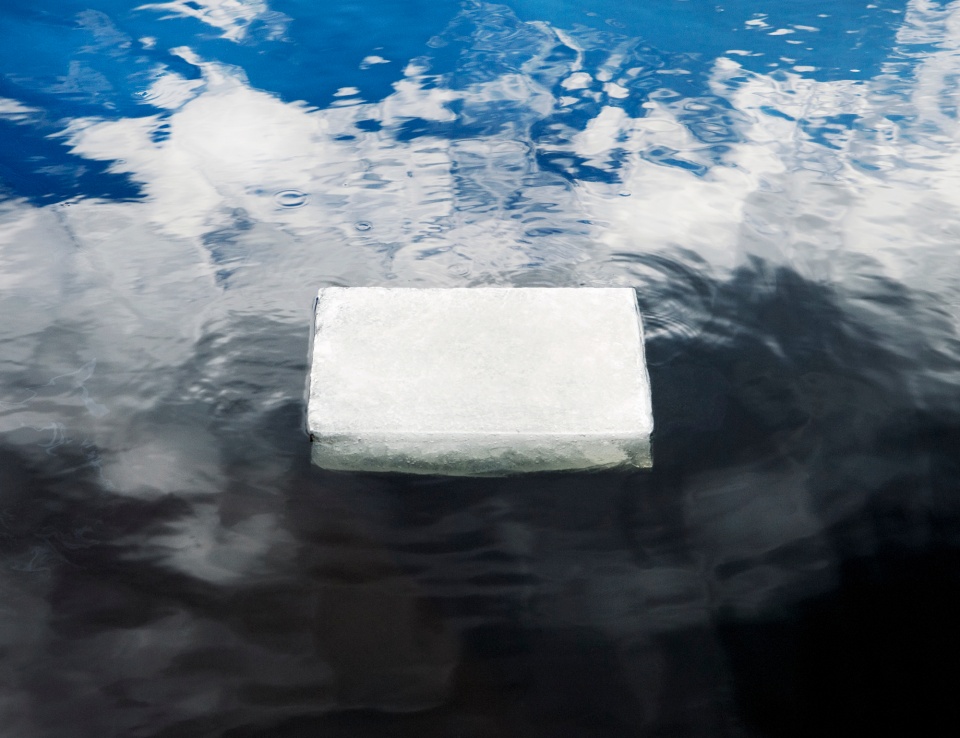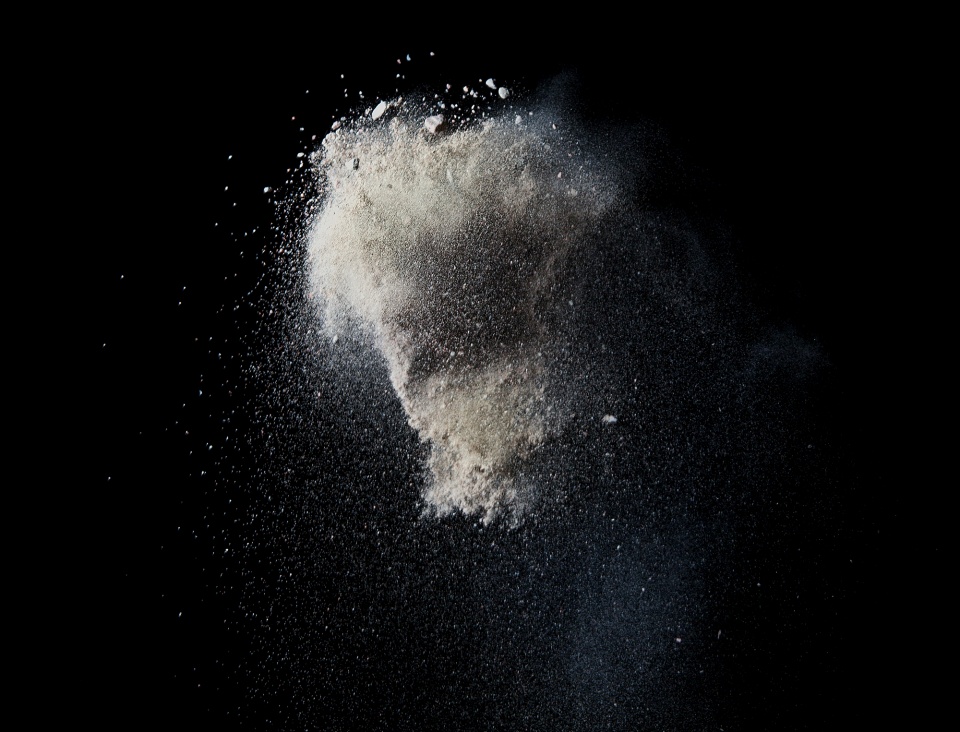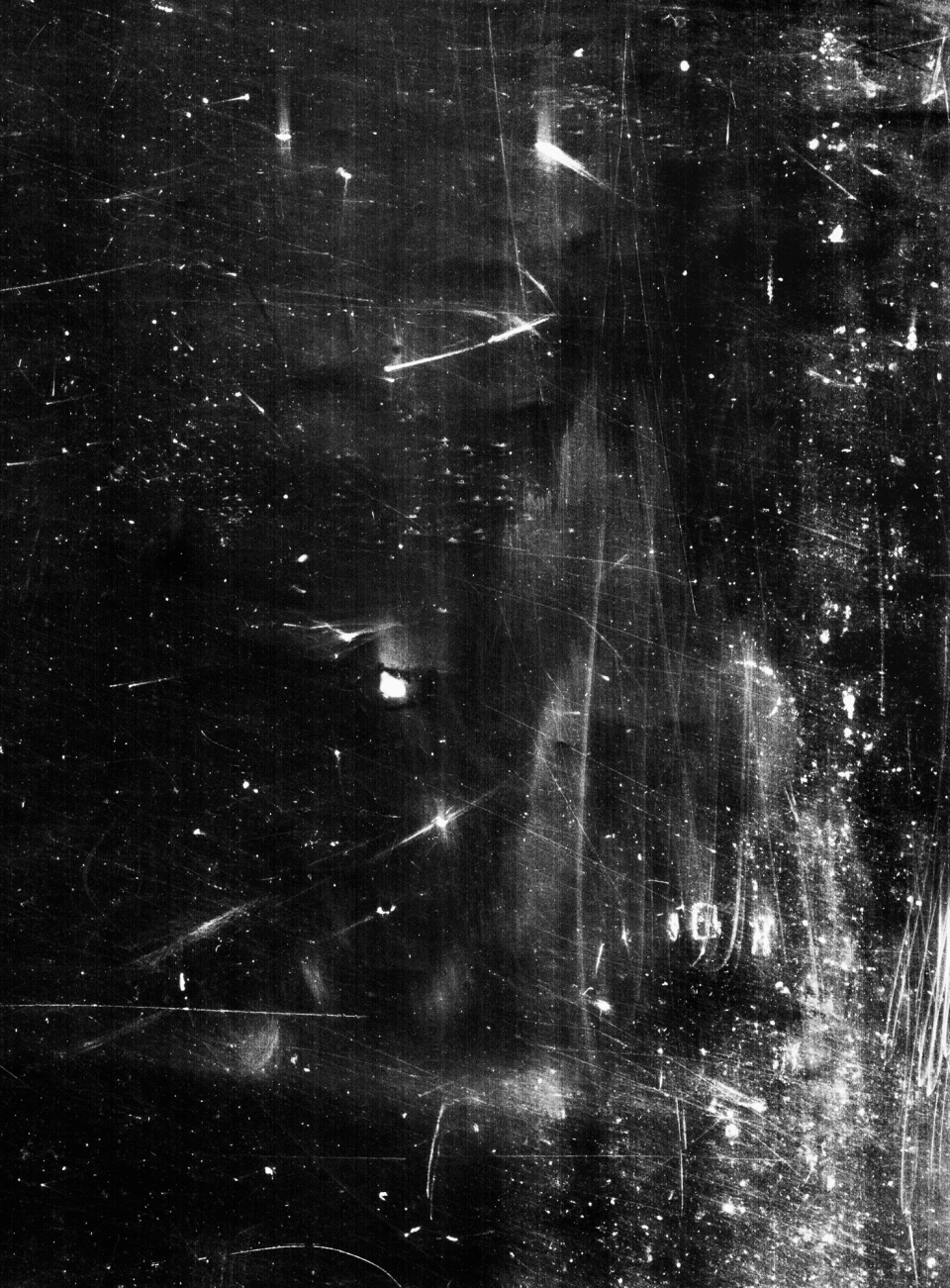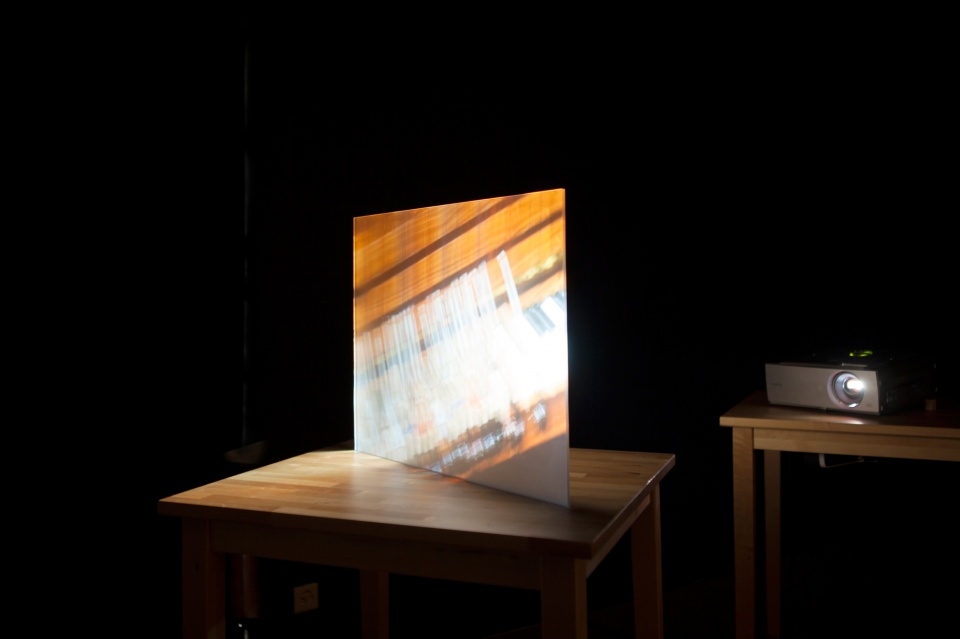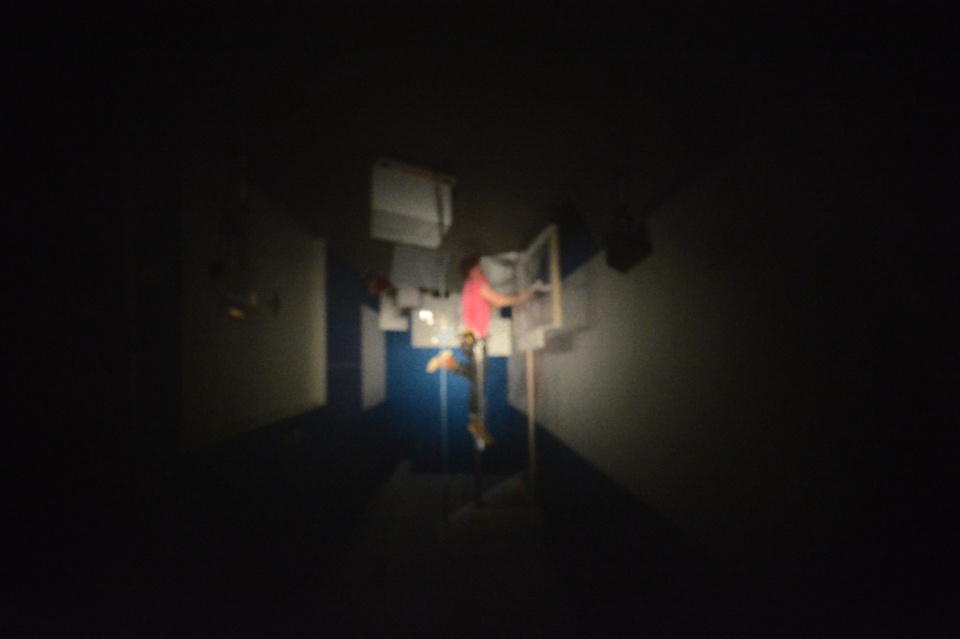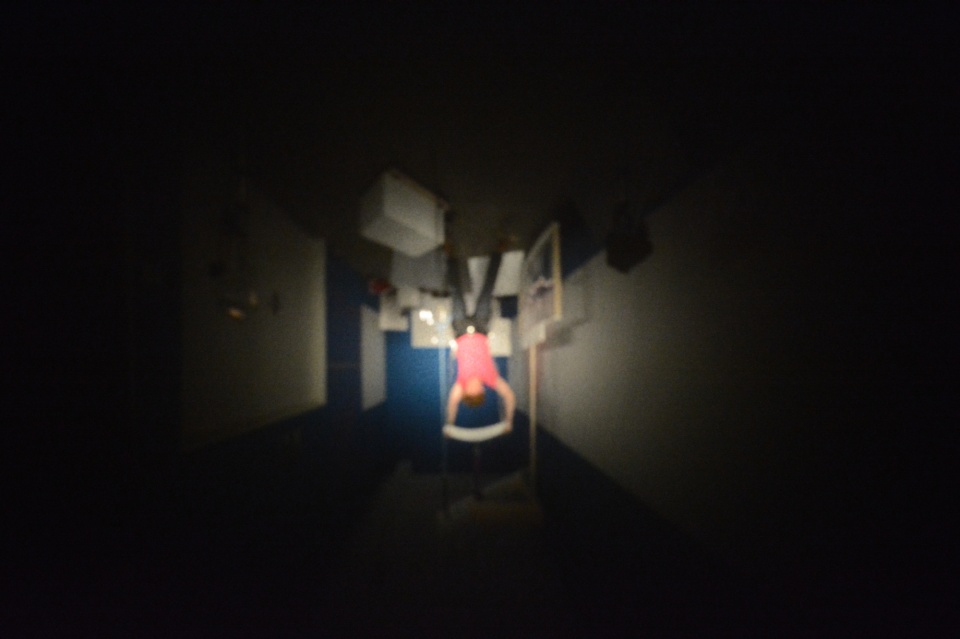Mikko Rikala, 29 January 2015 – 14 March 2015
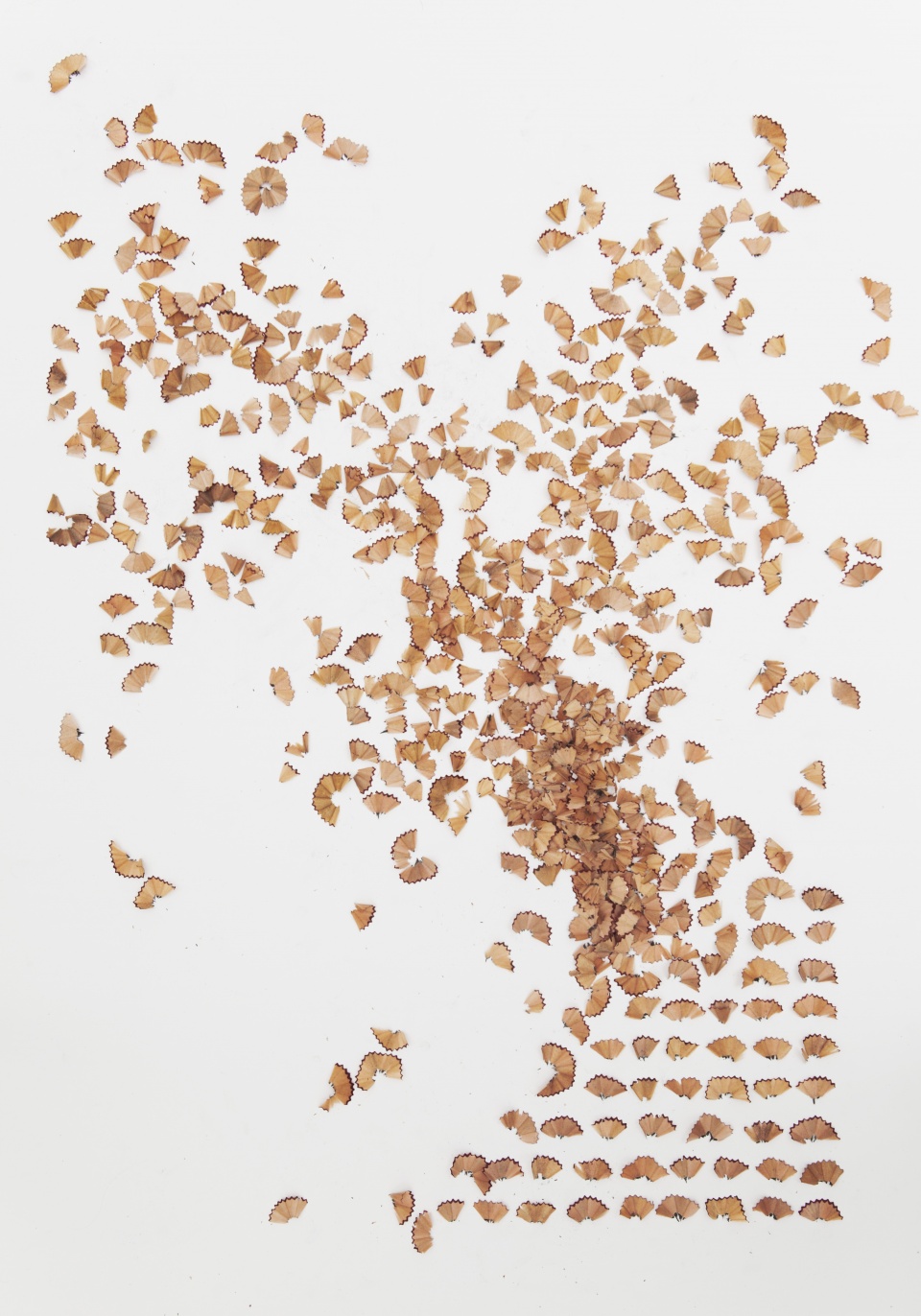
Mikko Rikala
Debris of Presence, 2013
Pigment print
on paper
100 x 75 cm
Edition of 6 (+2 AP)
Comes together with "Studio View", 2013
MIKKO RIKALA
TOWARDS NOTHING
Special project:
WILLIAM HUNT
EN-CORE!
OH
EN-CORE!
OPENING: WEDNESDAY, JANUARY 28, 2015, 6 - 8 PM
Mikko Rikala
It is with great pleasure that we announce our first solo exhibition with Mikko Rikala (*1977 Tampere, Finland) at Rotwand.
“I read a piece of news about the story of the original one kilogram prototype, which exact weight was decided on in France in 1889. For some reason, the IPK, as it is known, has decreased in weight by around forty micrograms during a century. Hypothetically, it will have disappeared completely in 300 billion years. The birth of the Kilogram, nearly 150 years ago, feels not far from my time. It is part of modern history, yet, its future is unimaginable.
I recalled the story when I was sitting by my table, drawing kilometers on paper by repeating a single ten centimeter line ten thousand times. I found the slow-ness of my gesture so very different from any other human physical activity – someone walking that slow would appear to stand still - its end destination diffuse, still tangible; a line leading to the next one, to eventually become a distance. There, during this repetitious exercise, a meditative space, between the everyday world and the unthinkable, opened up to me.
I began to reflect on and compare philosophical thoughts of the East and concepts related to minimal art, to the experiences of the relativity of time, speed, distance, presence and absence. Repetition as a working method, with its voiding effect, challenges the fundamental notion of time and space. It offers new perspectives on how to perceive the nature of distance and the possibilities how to experience space, which seem to be unreachable to the rational mind.
My work Towards Nothing has philosophical background; I am trying to see behind the rational self, to uncover the relation between what is seen as rational on the one hand, and what is perceived as irrational on the other. My methods, techniques and concepts vary, but the core question is the same: What are the possibilities of Man to observe and understand the world beyond the rational mind? Art historical connections to minimalism and conceptualism provide a framework for the ideas on how I create a visual piece of work. Sol LeWitt asked for the irrational thought to be followed absolutely and logically. Likewise, rational thoughts can be followed irrationally, and, as in the case of the IPK, rational experiments can result in the discovery of something irrational.” Mikko Rikala
William Hunt
Exactly one year ago, we have shown William Hunt’s (*1977) much talked about solo exhibition "BRA-VO, OH BRA – VO!" with the spectacular installation and performance But It Was Not To Be.
In the March 2014 issue of Frieze, Aoife Rosenmeyer described it as follows: “Hunt’s installation “But It Was Not To Be.” consisted of a piano suspended from a beam that protruded through a hole in the gallery wall. On the two walls that bookend the gallery, two sets of three vertical strips of five board panels hung, each panel featuring a photograph of a pair of hands clapping. During the opening, a progression of chords was bashed out on the piano by hammers like those inside the piano, which were attached to a rig of numerous strings alongside the lashings and the beam, playing a rough, slightly mournful, tune as a result. When there was a break in the music, which happened more frequently as the performance went on, the panels, taped together to form large tumbling block toys (sometimes called Jacob’s Ladders) were operated remotely by the artist, using another set of strings laced across the ceiling that then also limned the beam into the next room; they clapped loudly and abruptly. In a dark space behind a curtain the operator of these parts could just be seen via a jewel-like camera obscura image. Visitors crowded around this view of the artist, who appeared as an indistinct projection of a figure in a burnt orange shirt moving around a space akin to a cell. Though his movements were difficult to discern, he could be observed occasionally rotating in a trapeze-like harness attached to the ceiling. While he played he appeared to be upright: as the image flipped as it pierced the wall, he was in fact hanging upside-down at these moments.”
We are extremely happy to now present the video Hunt produced out of this performance. More than a reprise, this re imagining of Hunt’s work But It Was Not To Be re stages the video documentation as a sound and sculptural installation.
“EN – CORE, OH EN – CORE!”, returns to the stage a flickering light and tired echo of what was once there before. An attempt to capture something that has passed already before it is completely gone, before it crosses over the threshold to the place where you don't need it any more, don't rely on it any more. Not certain, but a kite string passing through your fingers. It's flight holds your attention for a while, then you close your palm and it has already slipped away. Just a Fata Morgana, a play in which we are all actors not knowing what is real, imagination, or meandering memories?”
William Hunt


